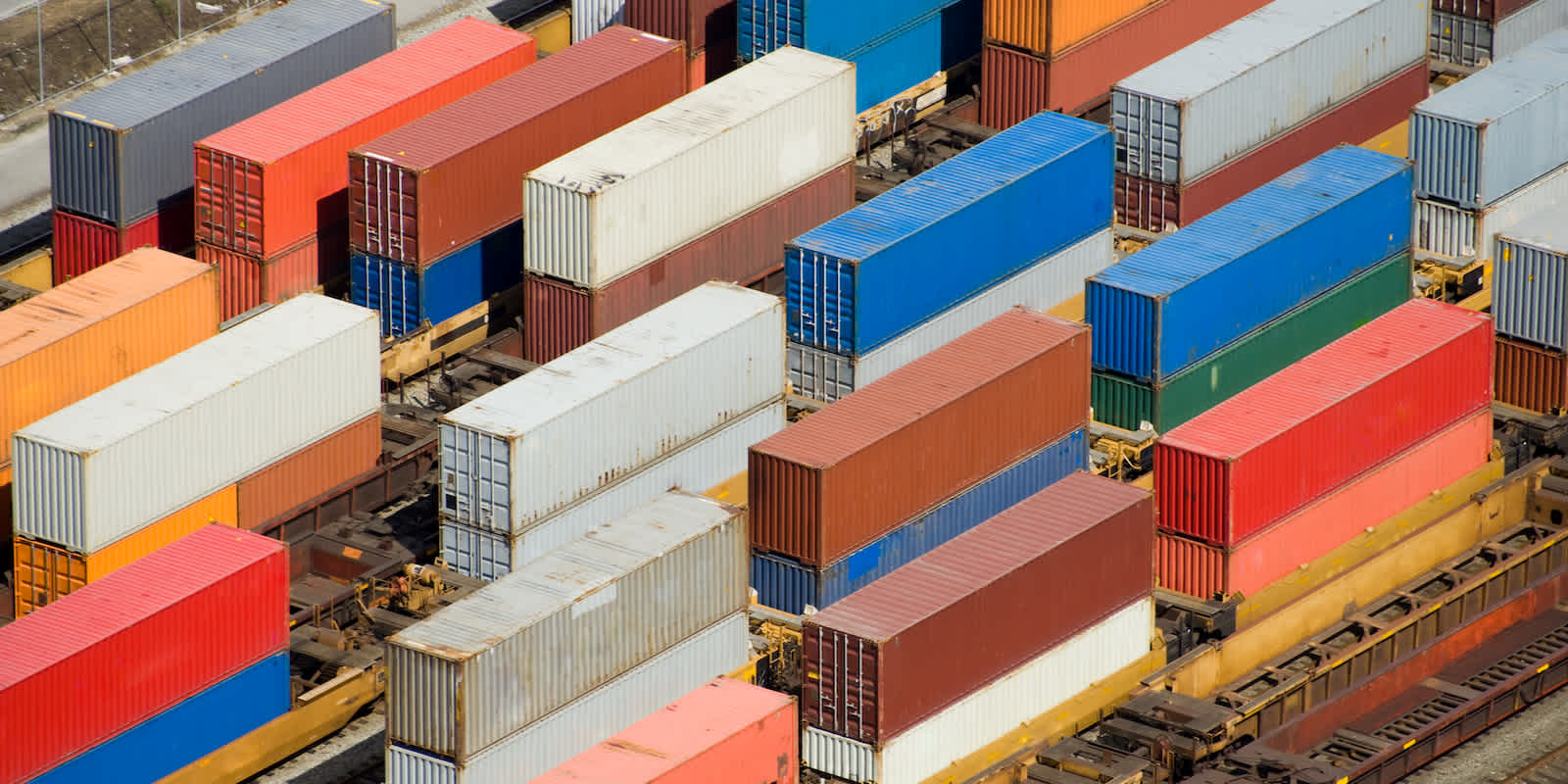
November 30, 2022
The Holiday Season Offered New Learnings for Supply Chain Improvements
Peak season has come and gone, but what did the rest of the 2022 holiday shopping season look like? If your brand wants to start 2023 strong, then now is a great time to fortify your business against supply chain surprises.
While ocean shipping is currently stable due to cheaper rates and fewer delays, other risk factors may hurt brands as they start the year. But before diving into the current supply chain landscape, let’s look at how the end of 2022 played out.
Flexport’s End-Of-Year Consumption Predictions
A few months ago, our research team analyzed volumes of data to help brands understand the Q4 consumer spending outlook. Overall, we don’t expect growth to be as bleak as recession fears led many businesses to believe. Goods demand has actually stabilized well above pre-pandemic levels in recent months. We expected the strongest growth for durable goods like electronics compared to nondurable goods like clothing.
For a deeper dive, check out a few highlights from our Consumption Forecast Report:
- Spending on durable goods was expected to grow the fastest, with an average of 0.3% growth for Q4. That leaves the Q4, 2022 number 1.2% higher than a year earlier.
- Sales of nondurable goods, by contrast, were expected to decline slightly with a decrease of 0.1% per month.
- The momentum of recreational spending on goods like electronics, sports equipment, books, and instruments should continue.
- Overall, we anticipated about a 1% increase in consumer demand this past holiday season, pointing to stability and modest growth.
While our consumption forecasts are just one of many reports that Flexport Research publishes to help businesses plan ahead, it’s ultimately up to shippers to apply these strategies to improve their supply chains. The more brands understand how to get ahead of unexpected supply chain challenges, the better off they’ll be at driving growth in the future.
“We ship 100% through Flexport. Where we can remove any variability in our supply chain, we have. By reducing the things that could go wrong in our supply chain, we can focus on the things that do go wrong.”
- Aman Advani, Co-Founder & CEO, Ministry of Supply
Understanding this past holiday shopping landscape is imperative for brands that want to stand out in 2023.
How Holiday Sales Shaped Up
Forecasts are valuable tools that help brands create plans, but they must stay flexible in order to adjust to unexpected changes as a quarter or season unfolds. The good news this past peak season was that U.S. consumption was ahead of where it was three years ago, and supply chains managed to support growth despite many pandemic-related challenges. However, brands still face pressure from inflation, excess inventory, and supply chain issues like future pandemic lockdowns and economic uncertainty.
To drive growth this past holiday season, brands like Target were applying aggressive sales strategies with huge discounts to attract shoppers. In addition to boosting sales, there’s a growing emphasis on customers’ “Returns and Exchanges” experience. Some brands are already considering or starting to charge customers for returns to recoup sales losses, but that’s a red flag for many shoppers.
If there’s one thing brands need to focus on while navigating supply and inventory issues—it’s keeping customers happy, which could become even more challenging in the current economic climate.
A Potential Rail Strike May Have Been Averted, Again
A major risk factor that was on our radar over the last few months was the threat of a potential rail strike. Rail obviously isn’t the only shipping mode, but it’s an important one. About 30% of the nation's freight, when measured by weight and distance traveled, moves by rail. If rail freight suddenly comes to a standstill, there won’t be enough capacity on trucks or other shipping modes to move those goods within the country. Most of the peak season goods needed for the holidays were already shipped by rail, so we’re good there. However, a rail strike’s impact on the economy would be massive.
A freight rail strike could have cost the U.S. economy $2 billion per day, and the costs would have further escalated from there. On November 30, the House passed legislation to block a rail strike, then the Senate passed it on December 1, and President Biden signed it into law on December 2. However, the Senate failed to pass a paid sick leave measure, which could lead to future issues with rail unions. It's currently uncertain if there will be new legislation providing paid sick leave.
Regardless of the outcome, businesses must stay ready for anything because a rail strike can impact pricing in vital sectors of the economy, such as the gasoline, food, automotive, manufacturing, and commuting industries.
Our key message for brands remains the same despite a potential strike: make agile, well-informed decisions to combat risk factors. Accomplishing that starts with having the right logistics partner.
What Brands Should Learn From This Past Peak Season
Brands need to step up their game to generate strong sales in 2023. Every brand should already be planning for 2023, especially with an early Lunar New Year coming because those milestones bring their own sets of challenges. The reality is that brands can use better visibility and forecasting to inform plans, but you’ll never know every roadblock ahead without the right data.
Investing in a data-powered logistics tech stack is vital to combat new supply chain challenges around the world. The most successful companies use data from platforms like ours to simultaneously plan for the future while optimizing present opportunities.
“We consider Flexport as part of our Parade tech stack. We can go into the platform and pull and integrate data into our own reporting system to get full visibility into our supply chain. We have plans in the future to further integrate the platform with our IMS/ERP.”
- Alex Polushkin, VP of Logistics, Parade
Now and in the near future, covering your contingencies is your best bet for keeping customers happy and generating business growth. Tactics like diversifying suppliers and strategic use of LCL, air freight, and programs like Flexport’s Flow Direct will help you keep shelves stocked this peak season and beyond. See how you can make your supply chain more resilient with Flexport.
Related content
![Header Image - The 2023 Supply Chain Planning Playbook - Predictions and Advice From Global Logistics Experts]()
BLOG
The 2023 Supply Chain Planning Playbook - Predictions & Advice From Global Logistics Experts







